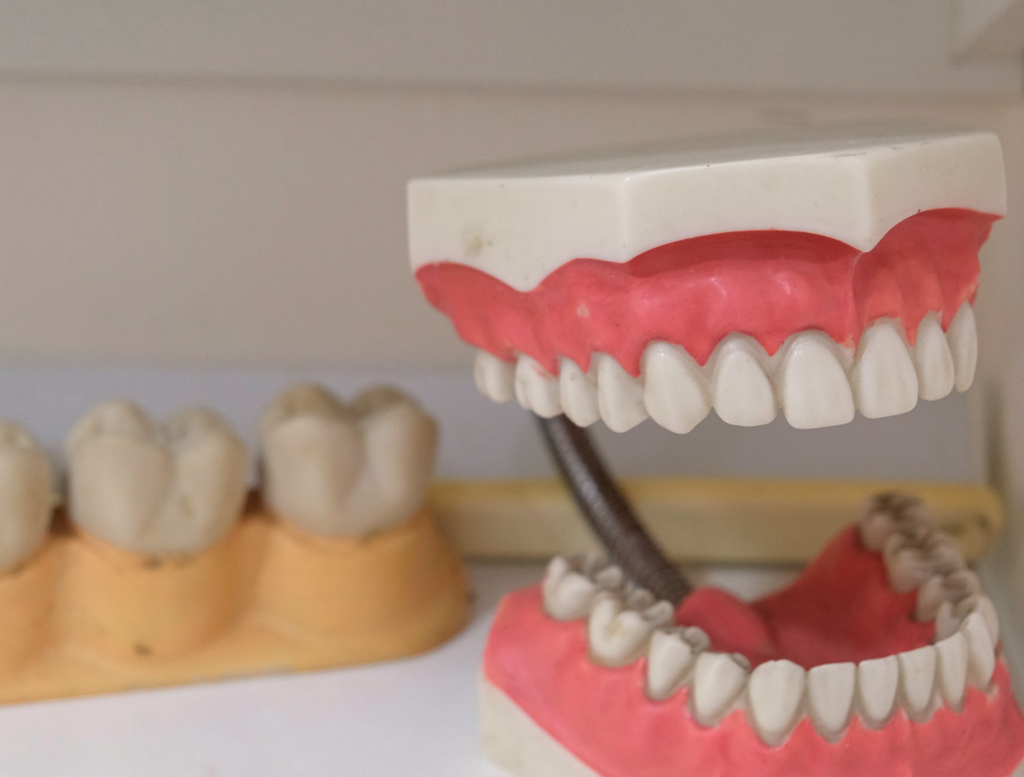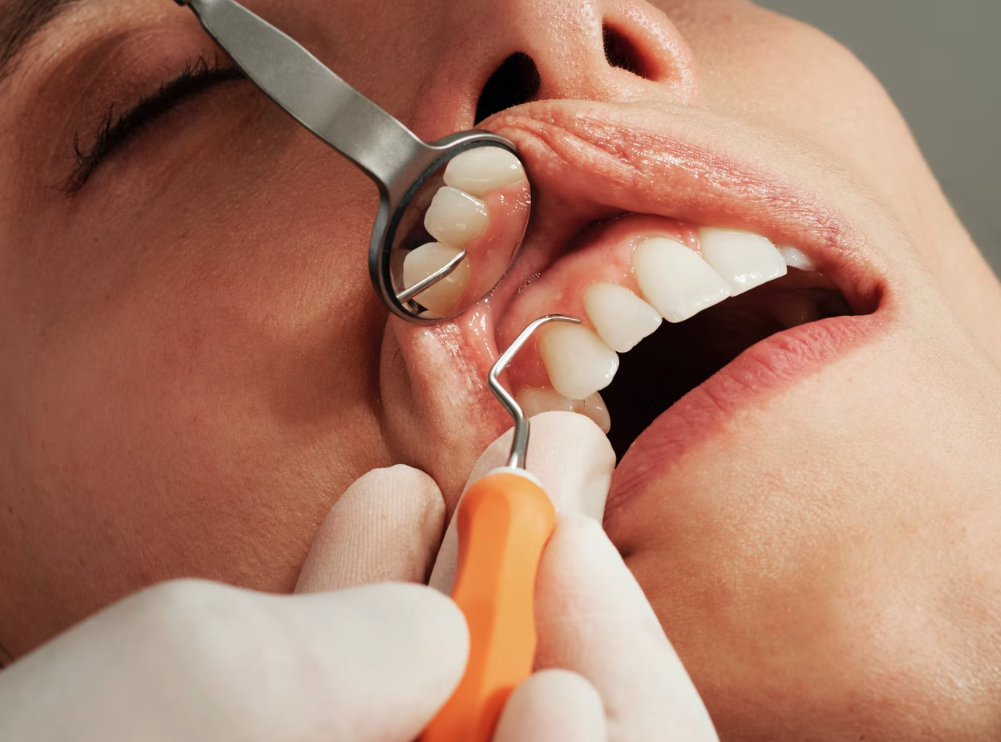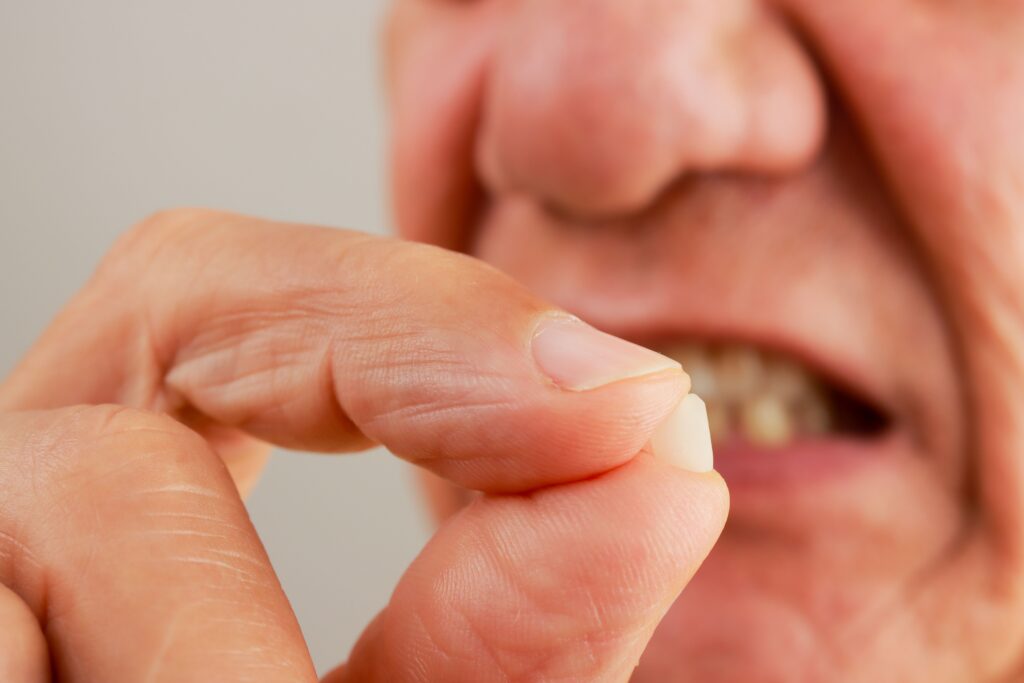Four Rare and Interesting Dental Anomalies
Everyone knows the saying, “Curiosity killed the cat.” Do cats have a saying for us? If they could talk, it would be along the line of, “Curiosity drives humans crazy until they find out what they’re looking for.”
In the dental world, there are many fascinating cases and conditions to find out about. Here are four dental oddities that will more than satisfy your curiosity for the time being.
1. Tooth Fusion
Teeth fusion happens when two separate teeth combine to become one bigger tooth. The teeth start out as two tooth buds, but join into one tooth above the gum. Other than the slightly bigger look of the tooth, you can also notice tooth fusion when the person has one less tooth than they should.
2. Concrescence
Concrescence, similar to fusion, takes place when two teeth join; however, in this case, the cementum, which covers the roots of your teeth, fuses below the gum. Appearance-wise, the teeth look normal, but underneath the gums the roots are joined together. Anomalies like concrescence demonstrate why x-rays are very important. If one tooth needs to be extracted, but it is affected by concrescence, your dentist will need to perform surgery to separate the two teeth.
While there are no health-critical issues involved with concrescence and fusion, your dentist should be aware of them and monitor them for cavities and other dental issues.
3. Hereditary Gingival Fibromatosis
This condition’s name may be long, but thankfully it is a rare dental issue, affecting only one in 175,000 people. Hereditary Gingival Fibromatosis (HGF) occurs when your gums overgrow your teeth. There are varying degrees of HGF, but common symptoms include abnormal tooth movement as well as difficulties chewing and speaking. While HGF is not a life-threatening condition, it does need to be treated to improve quality of life.
4. Shark Teeth
Shark teeth are actually more common than you’d think. They happen when children’s permanent teeth grow in before their primary (baby) teeth have fallen out, resulting in two layers of teeth, like a shark. Typically, shark teeth go away on their own. You just have to be patient and wait for the child’s body to do the work.
However, if the permanent teeth have fully grown in, and the baby teeth have yet to fall out, the tooth roots may not dissolve on their own. If the teeth get to this point, contact your Marietta, OH dentist to extract the baby teeth.
If you or someone you know is affected by any of these dental rarities, there’s usually no need to worry. These conditions (except for HGF) most commonly happen to primary teeth, and the best thing you can do to address them is to go to your dentist for regular check-ups.
Resources:
http://www.ncbi.nlm.nih.gov/pmc/articles/PMC3354801/
https://dentistry.umkc.edu/Practicing_Communities/asset/AbnormalitiesofTeeth.pdf
http://oasisdiscussions.ca/2015/07/30/fctg/








